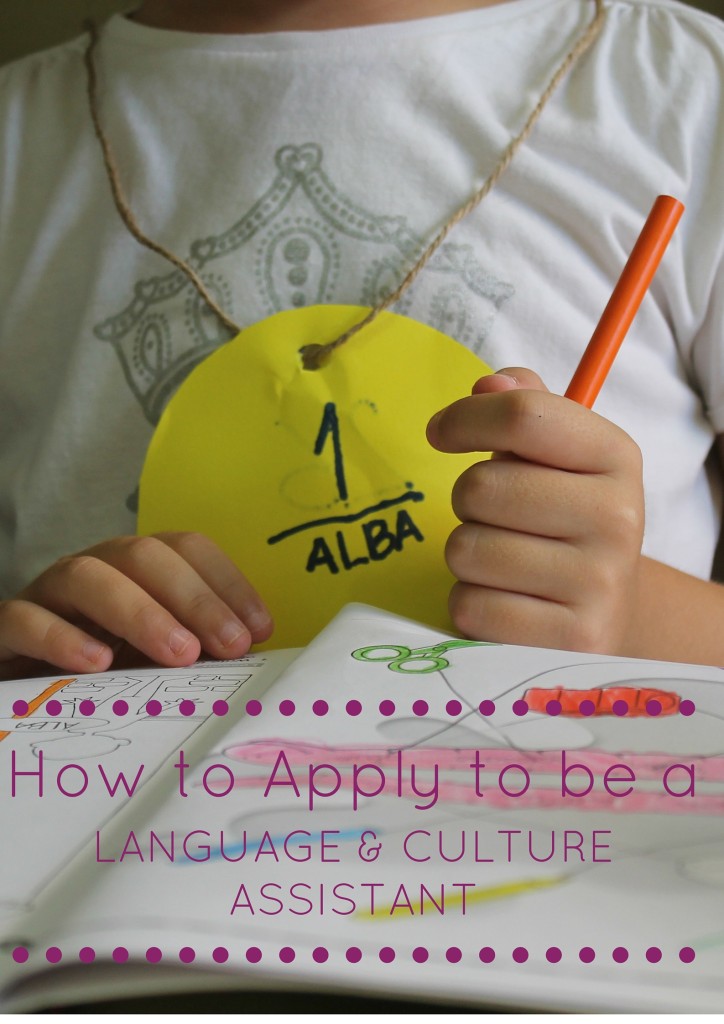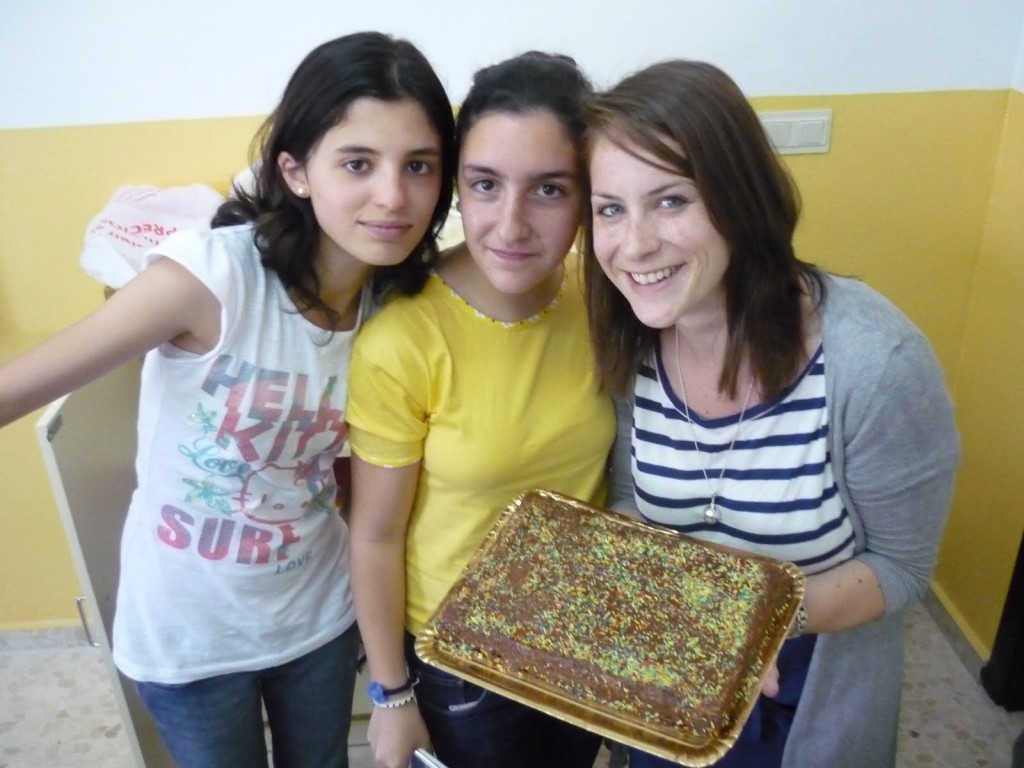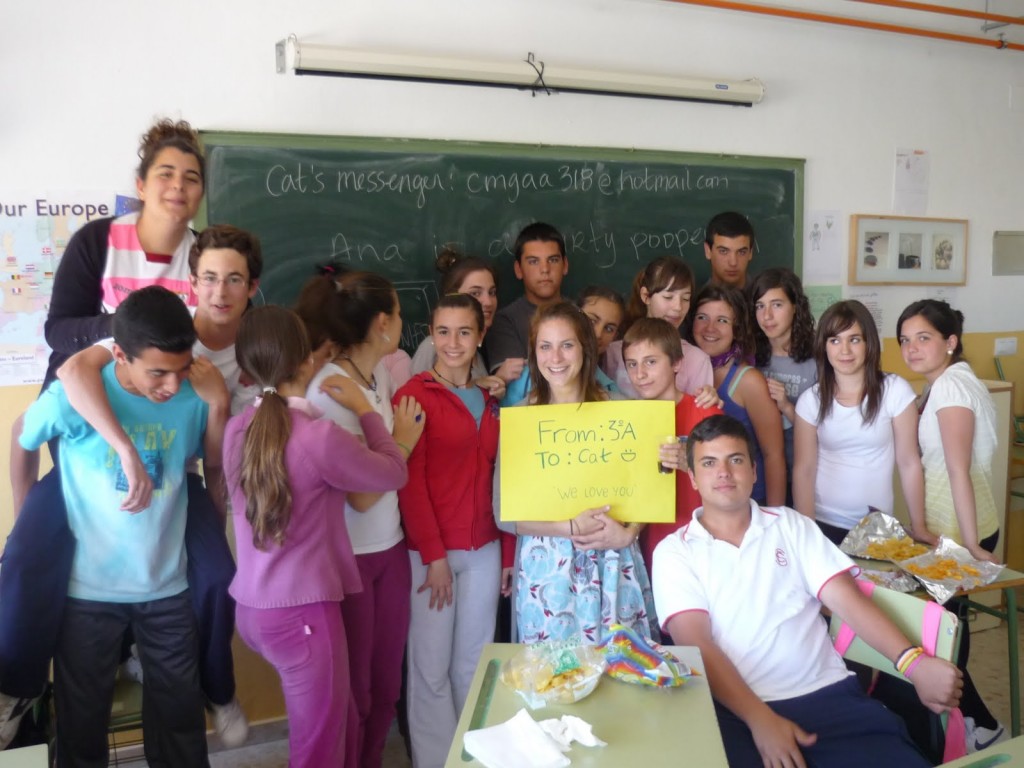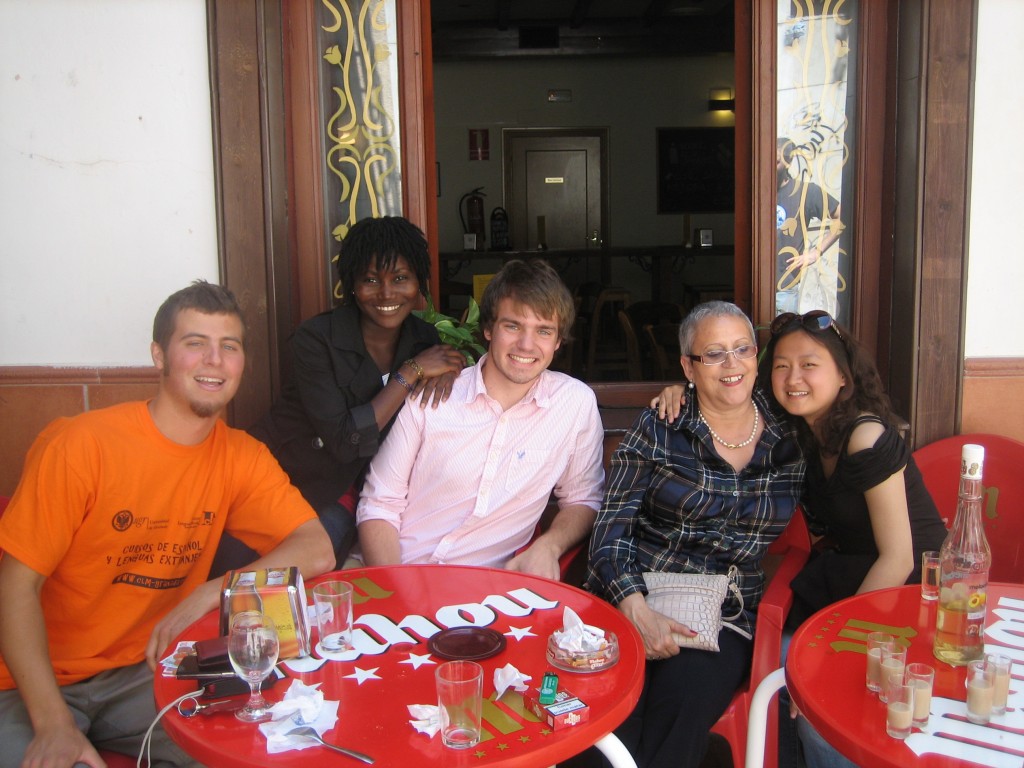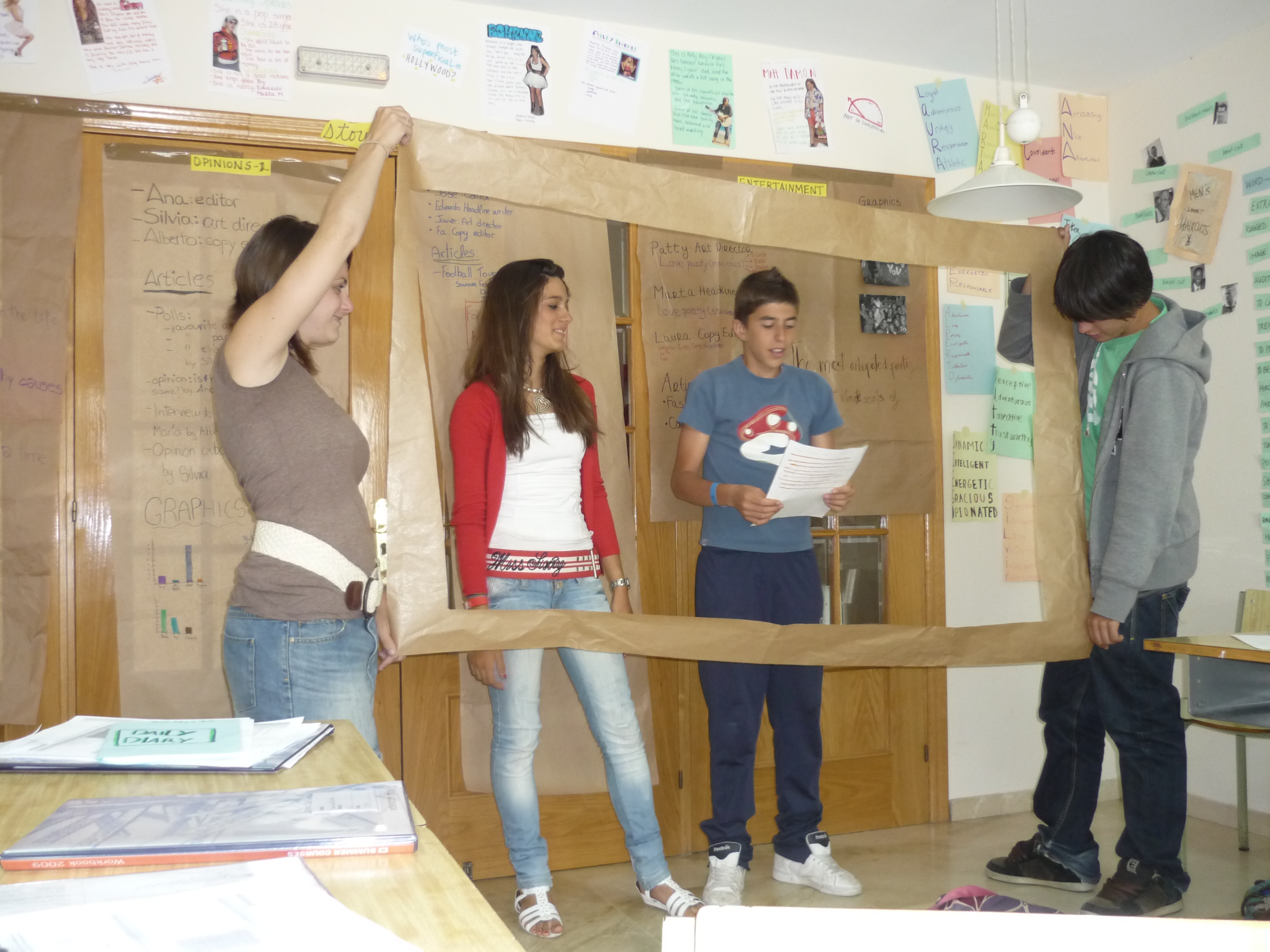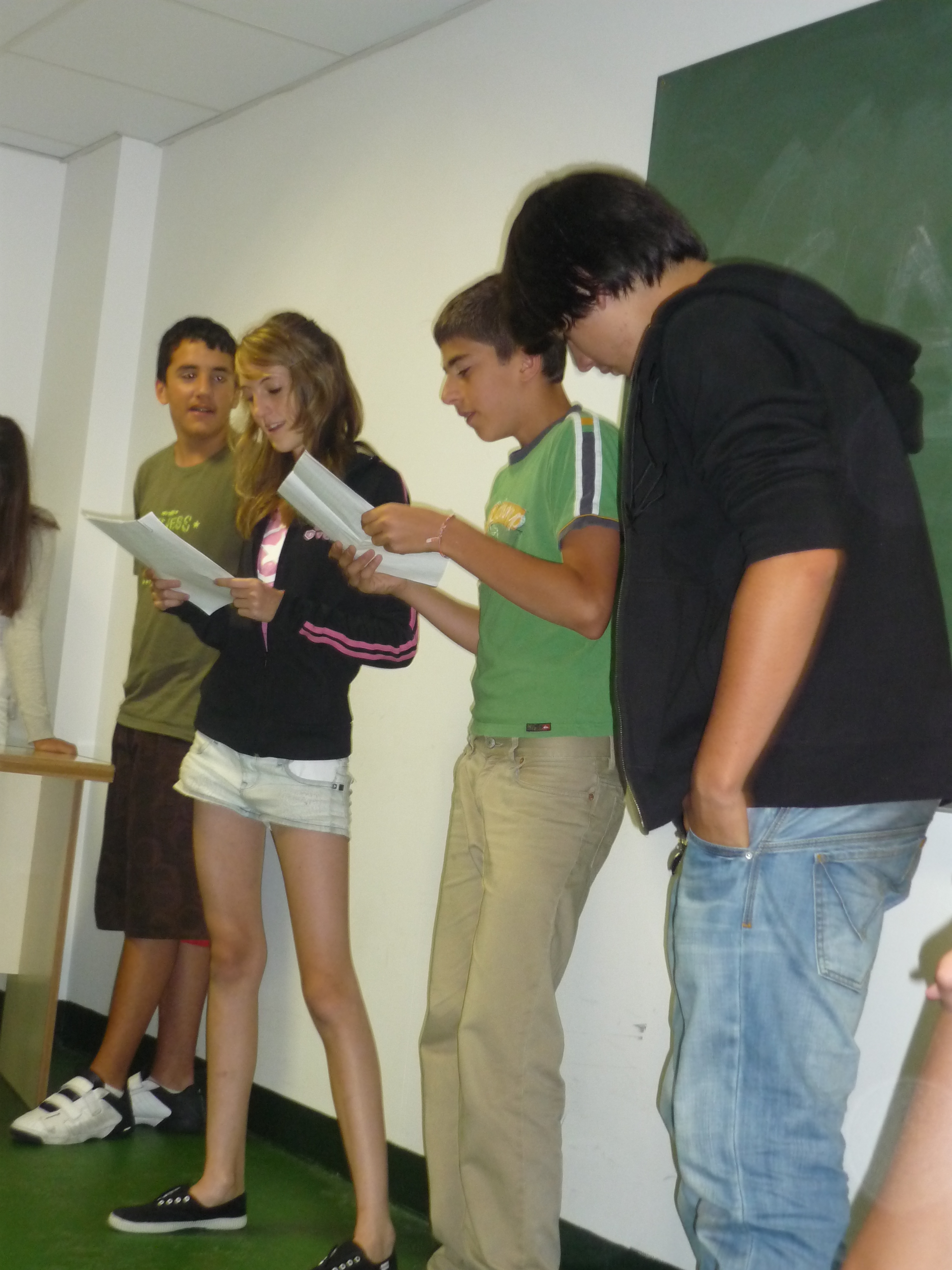this post was updated in February 2016.
Nine years ago, I began researching a way to make it back to Spain. I was a senior at the University of Iowa, finishing a degree in journalism and minoring in the inter-disciplinary “how the hell do I get abroad.”
Fast-forwarding to the present day, I’m sitting in the sunlight basking into my new home with a café con leche. My one goal post-college was to move abroad, and thankfully the North American Language and Culture Assistants gave me a visa, a job and the ability to make Spain my hogar dulce hogar. And since it began nearly a decade ago, loads more teaching programs in Spain have begun.
Remember Mike? He wrote about his intention to start a new life in Spain through the same program, and has gladly shared his experience of tackling the application process.
Well, the application period for the Auxiliares de conversaciones extranjeros en España finally opened up. However, I felt that I was going into this application process basically blind. All I really knew is that I had to login to Profex (the application system they use), and upload documents. Everything I had read of various blogs and forums said that you should apply AS QUICKLY AS POSSIBLE! Basically, once someone applies they are assigned a number, and then once the application has been approved, placements in regions and schools are given out in the order of the application received. First preference being given to those who are renewing their current placements.
The website has a program manual that outlines the application process and a Profex manual that detailed each screen on Profex and how to navigate the page. Once I was actually in the process of applying, these documents were actually very helpful. I was able to begin working on the list of documents on the website which needed to be submitted for the application:
- The main page of a U.S. or Canadian passport
- A copy of college transcripts or college degree
- Letter of intent or statement of purpose
- Medical certificate (if not a U.S. citizen) – to be turned in during VISA application process
- Letter of recommendation
Before the application period opened, I was diligently working on the collecting all the items above. The passport page was an easy photocopy, as was the copy of my college transcript. I browsed many forums and blogs, as well as the Facebook group for this year’s auxiliares to see if it mattered between the transcript or the degree. Everything I came across said that it didn’t matter as long as one was uploaded. Needless to say, I chose the transcript. The letter of intent was fairly simple, as I had to put into words why I wanted to teach in Spain. However, the only glitch with it was that it had to be 300 words, so my 750 word first draft had to be significantly reduced. Who knows if they really even read it though?
The website had a guide for how to write and submit the letter of recommendation. The letter had to come from a professor or former professor unless the applicant has been out of school for over five years. I contacted my former professor and faculty advisor. She was ecstatic to be writing the letter for me. I was thrilled because I had been nervous that since I could not ask her in person she may say no or put it on the back-burner and finish it later than when the application opened. My professor wrote the letter in the format they requested and mailed it in. I asked that she send me an electronic copy so I could upload it online just in case it got lost in the mail. Luckily, she obliged and I was able to upload a copy when I was applying.
On January 10th and 5:01 p.m. here in Milwaukee, WI, (00:01 a.m. in Madrid), the application period finally opened. I began logging in and creating a user account, while following the Profex manual. After I had created a username and began entering my personal information, the system started to load very slow and kept shutting me out. I attempted to login a few times and kept receiving an error message from the website. Quickly, I began searching forums to see if others were having this problem, and I found out that others had the same exact problem. It seemed as though the mad rush of applicants had overloaded their server.
I attempted to login nearly every hour, sans when I briefly slept; however, it was to no avail. The same error message popped up every time. Since it didn’t work through Friday Spain time, I figured it would be down through the weekend, which it was. Although, it did not stop me from constantly checking to see if for some reason it would work! On Monday, I was able to login and finish my application. The Profex Manual was a breeze to follow with actually having the web page up in front of me. Most of the fields that need to be filled in are personal information, college information, any teaching experience, and any study abroad experience, fairly straight forward.
After all that information was completed, the fun part began: selecting region, type of city, and school preferences. For regional preferences the applicant put each group in order of preference, from 1 to 3, and then selects one region within each of those three groups. The options for regional placements are:
Group A: Asturias, Cueta y Melilla, Extremadura, La Rioja, Navarra, País Vasco
Group B: Aragón, Cantabria, Castilla-La Mancha, Cataluña, Galicia, Islas Canarias
Group C: Andalucía, Castilla y León, Islas Baleares, Madrid, Murcia, Valencia
The regional preferences are followed by the type of city preferences, which allows the preferences of a rural community, medium sized community, an urban community, or no preference. Then, the school preferences consist of primera, secondaria, or no preference. Personally, I found this to be the most exciting part, as I was actually selecting where I would prefer to be located. Now, I know that I may not get placed in any of my selected preferences, which is perfectly fine with me. I was just excited to be actually submitting something that said where I would like to go and what I would like to do.
Once this part of the application is finished, Profex generates a .pdf print out. It is necessary to print this out and sign it because it needs to be mailed in to a specified regional coordinator along with a checklist that is initialed and signed.
An application becomes Inscrita once the online part is complete. When the regional coordinator receives all the documents the status is changed to Registrada. This is where my application is at this point. Admitada is the next stage, which is when all the submitted documents have been accepted. So far, no one that I know of has been placed past this stage this year.
According to everything I have read, it takes a long time to reach the next stage, Adjudicada, which is when they send the autonomous community assignment that the applicant has been placed in. You have seven days to accept or reject this placement. Assuming it’s accepted, the status becomes Aceptada. The final stage is when you receive your Carta de nombramiento, your school placements. These latter stages of the Profex application process are exciting to think about, but still seem far off for me. I’m just looking forward to being Admitada!
This whole Profex process was not actually as difficult as I had anticipated. Current assstant blogs and forums were incredibly helpful and reassuring throughout the process. Unfortunately, I discovered Facebook group for those applying to teach after I applied, otherwise that would have been pretty helpful too. In the end, I wound up with number 780. While it’s not the best number in the world, I still feel as though it is respectable and feel very comfortable that I should get a placement. I’m checking my applications status every hour, if not even more frequently, and I look forward to keeping everyone updated with my thoughts about this whole process.
Got any questions for Mike or me about the program?
